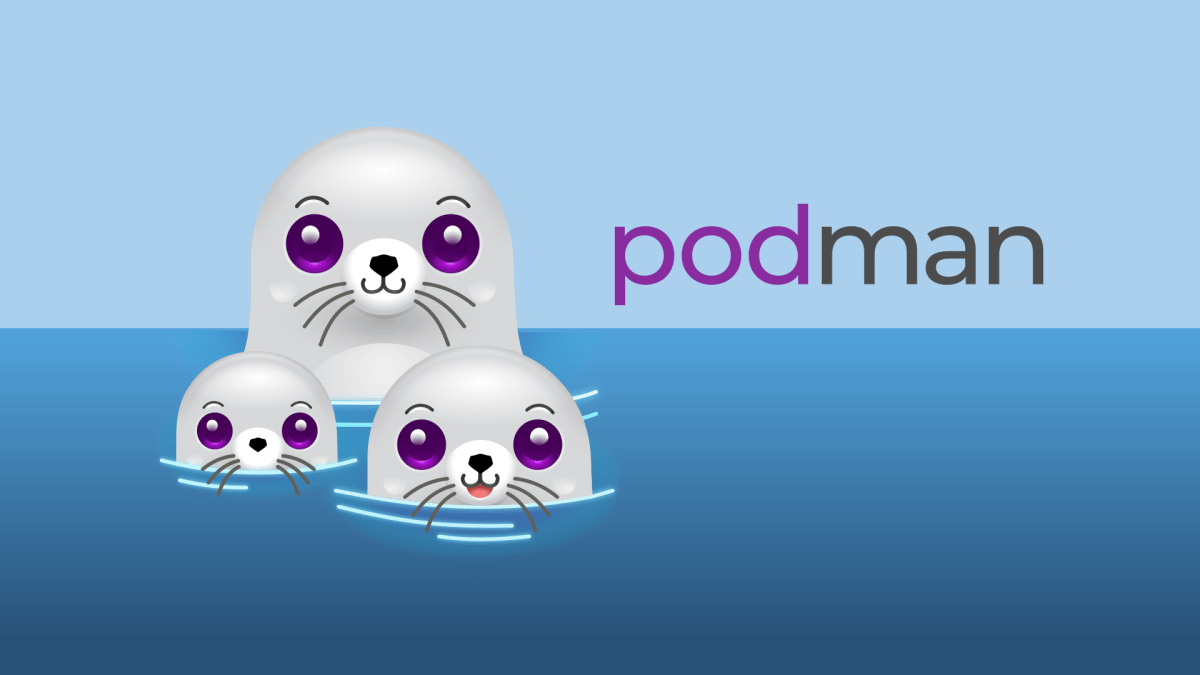How good is podman compose? I remember it had too many bugs for me to replace docker. 🤔
podman-compose definitely got better over the past year…
But you can also use
docker-composeitself with podman instead!https://www.redhat.com/en/blog/podman-docker-compose
Basically, for system level containers, you can do:
sudo systemctl start podman.socket(or
enable --nowinstead ofstartif you want it to stick around after rebooting)Then use
docker-composeand it’ll communicate with podman instead of docker.For user session “rootless” containers, it’s mainly the same thing, except you’ll need to remove
sudoand then add--userafter start or enable in that systemctl command. And you’d need to set an environment variable (either prefixing it on the command or using export to set it in your session), like this:DOCKER_HOST=unix:///run/user/$UID/podman/podman(Put that in front of the docker-compose command and it’ll connect to podman as your user instead, provided the service is available. Or toss it into your .bashrc with "export " before it and new bash sessions would have it.)
https://brandonrozek.com/blog/rootless-docker-compose-podman/
The one big gotcha I’ve hit is that if you have SELinux on your system, you’ll want to add
:zto your volume(s) mount to have it automatically deal with SELinux stuff. (Lowercase z for volumes that can be mounted for multiplayer containers and uppercase Z for volumes that are tied to a specific container.)But, I’ve found that using “quadlet” service files is much, much better than using podman-compose or docker-compose. There’s a program called “podlet” that can even convert compose files to service files (quadlet)… It can convert command line flags and kubes and other formats too.
Quadlets are basically systems service files that integrate with podman, letting you easily set up a container as a system (or even user level) service, making managing a container just like managing any other service.
Here’s the podlet command that’ll convert things to quadlets: https://github.com/containers/podlet
Thank you for the in depth response. I will look into it and give it a try again. 😃
Podlet looks amazing. Here I have been writing Quadlet files like a noob
I replaced docker with podman on all of my systems, and so far i really have nothing to complain about. Works exactly as advertised
In my experience podman compose is not a sufficient replacement.
Docker compose can be used with podman via the podman socket daemon. It’s very easy to get working. Give it a try.
It improved a lot and has a new maintainer, your problems might be solved by now.
I’ll have to give it another try.
I should clarify that the issues I had were podman compose being able to run unaltered compose files that worked with docker compose, many of which were fairly complicated. It may have been adequate for simpler use cases back when I tried it.
Take a look at the
podman kube playcommand which lets you run K8s-style stack definitions on podman. Has partly replaced compose for me (although I still have some docker servers running for stacks that don’t play nicely with podman yet).It was not great for a long time but improved a lot in 2024
The failure to wait for network-online was the last thing preventing me from going rootless. I am going to have to try this again.
Oo, I’ma have to revisit my “Private Internet Access in a container” attempts.




